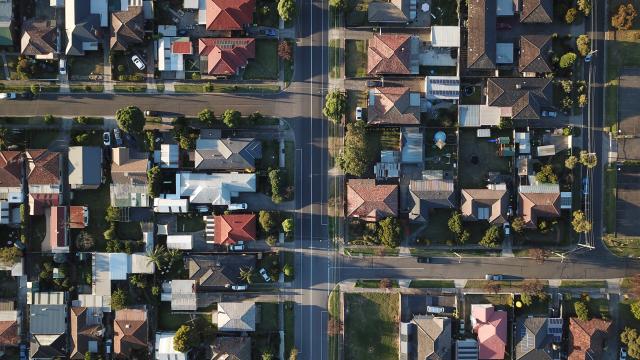Melbourne’s western growth corridor has taken the mantle as the city’s most affordable region to buy land, with a median lot price of $365,000 during the December quarter according to a new report.
RPM Research, Data and Insight’s 2023 Victorian Greenfield Market Report revealed it was the first time in almost five years the west had claimed the title of most affordable of Melbourne’s four growth corridors, with a 5.2 per cent dip in prices seeing it overtake the northern corridor, where values lifted 2.4 per cent to $378,900.
The west accounted for the lions’ ‘share of sales during the quarter, with 723 new lots changing hands, representing 41 per cent of all land sales across the four growth corridors – and eclipsing the north at 531 sales, south east at 379 and Geelong at 137.
The figure was boosted by strong demand in Melton, where sales lifted 10 per cent, making it the only Melbourne region to experience growth during what was a tough quarter across the board.
In the broader western growth corridor, sales declined five per cent, significantly lower than the 12 per cent fall in Melbourne’s new land market where a total of 1770 sales were achieved in the three months to December.
Despite the fall in activity, prices remained stable across Melbourne during the quarter, declining just 0.5 per cent to an average $386,900, while the median lot size shrank 1.1 per cent to 350 square metres.
RPM project marketing national managing director Luke Kelly said while overall it had been a tough end to the year, buyers had entered 2024 with renewed confidence.
“Purchasers are recognising they are now in the box seat to negotiate a good deal, with the sustained period of constrained sales favouring a buyers’ market,” he said.
“Developers are continuing to offer incentives in the order of five to 10 per cent, saving an average of about $30,000, and the selection of titled lots available means purchasers can have their choice of homesite and start building immediately if they desire.
“The combination of expected rate relief with falling inflation is likely to improve affordability and ease cost-of-living pressures for everyday households.”







